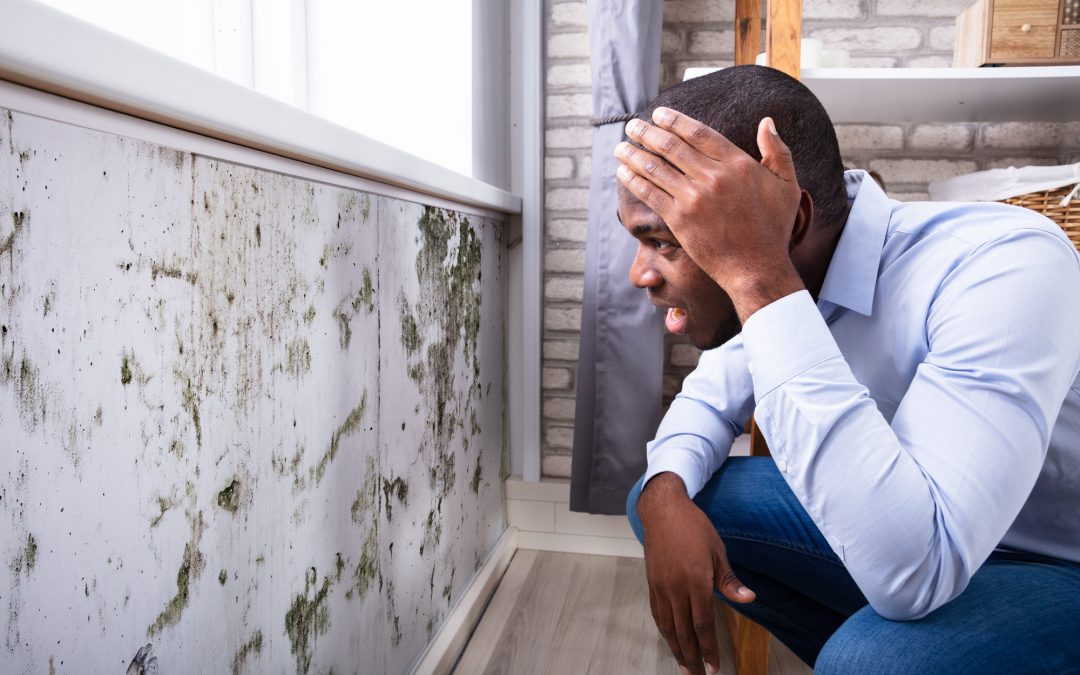Comprehensive Post Mold Remediation Procedures
Comprehensive Post Mold Remediation Procedures
Blog Article
Your Ultimate Overview to Article Mold Removal Strategies
Navigating the realm of post-mold removal techniques is a thorough process that requires attention to information and a thorough understanding of the complexities entailed. In the aftermath of mold and mildew invasion, knowing exactly how to effectively eliminate the mold and mildew and stop its reoccurrence is paramount for preserving a healthy indoor setting. From picking the best cleaning and decontaminating approaches to applying techniques for long-term mold and mildew prevention, each action in the remediation trip plays an essential duty in guaranteeing a successful result. As we start this expedition of post-mold remediation techniques, we will reveal the vital approaches and ideal practices that can assist you recover your area to its pre-mold condition and secure it against future mold risks.
Recognizing Post-Mold Removal Refine
After completing the mold and mildew remediation process, it is important to recognize the post-mold removal strategies that are required to ensure a effective and thorough clean-up. When the mold and mildew has been removed, the following action entails cleaning and disinfecting the influenced locations to avoid any type of regrowth of mold and mildew. This includes utilizing specialized cleaning agents to wipe down surface areas and eliminate any type of remaining mold spores. It is necessary to dry the location totally to discourage the development of mold and mildew in the future (Post Mold remediation cleaning). Correct air flow and dehumidification can assist in this process.
In addition, performing a final assessment post-remediation is important to make sure that all mold has been efficiently gotten rid of. If the examination exposes any kind of remaining mold, extra remediation might be required.
Effective Cleaning Up and Disinfecting Methods

Preventing Future Mold Development

Significance of Proper Air Flow
Proper air flow plays an essential duty in avoiding wetness buildup, a crucial variable in mold and mildew growth within interior environments. Effective air flow systems assist eliminate excess humidity from the air, minimizing the opportunities of mold spores locating the dampness they require to spread and germinate. Without sufficient ventilation, interior spaces can end up being a breeding place for mold, causing potential wellness risks and architectural damages.
By making sure appropriate air circulation, ventilation systems can also assist in drying damp areas faster after water damages or flooding events, further hindering mold and mildew development. Post Mold Remediation. In spaces like restrooms, attic rooms, kitchens, and basements where moisture levels have a tendency to be greater, installing and preserving effective ventilation systems is vital in stopping mold and mildew invasions

Tracking and Upkeep Tips
Given the important role that appropriate ventilation plays in helpful site stopping mold and mildew growth, it is important to develop efficient surveillance and upkeep pointers to ensure the ongoing functionality of ventilation systems. Tracking humidity levels within the home is additionally important, as high humidity can add to mold and mildew development. By staying conscientious and proactive to the problem of ventilation systems, home proprietors can properly alleviate the threat of mold regrowth and keep a healthy indoor environment.
Verdict
To conclude, post-mold removal methods are necessary for ensuring a safe and tidy setting. Understanding the procedure, implementing efficient cleaning and disinfecting approaches, preventing future mold growth, maintaining appropriate air flow, and routine tracking are all crucial actions in the remediation procedure. By following these standards, you can effectively remove mold and stop its return, functioning or promoting a healthy living space for all residents.
In the after-effects of mold and mildew invasion, recognizing how to additional hints properly remove the mold and prevent its reoccurrence is extremely important for keeping a healthy and balanced indoor environment. When the mold has been eliminated, the following step involves cleaning and disinfecting the influenced locations to avoid any type of regrowth of mold and mildew - After mold remediation. After removing noticeable mold and mildew development, it is crucial to cleanse all surfaces in the damaged location to eliminate any type of remaining mold spores. To even more improve mold avoidance measures, it is vital to deal with underlying problems that at first led to mold and mildew development.Given the crucial duty that correct air flow plays in stopping mold and mildew growth, it is critical to develop reliable monitoring and maintenance suggestions to ensure the ongoing functionality of ventilation systems
Report this page